Are you weary of the constant struggle to achieve the perfect fastening every time you reach for a screwdriver? The solution lies in mastering the art of torque control with the help of adjustable-torque screwdrivers. These innovative tools are poised to transform the way you approach every screwing task, from intricate electronics to heavy-duty construction. In this essential guide, we'll delve into the mechanics behind torque adjustment, provide guidance on selecting the right settings, and explore the application-specific advantages that make these precision instruments a game-changer.
Torque Control in Screwdriving
Torque is the key concept in every successful fastening operation. This rotational force applied to a screwdriver determines the tightness and integrity of the connection between the screw and the workpiece. Understanding the significance of torque is critical, as both over-tightening and under-tightening can lead to serious problems.

Risks of Improper Torque
Over-tightening can damage the material, causing stripped threads or cracked components, compromising the assembly's structural integrity. Conversely, under-tightening allows the fastener to work loose over time, potentially leading to failures or part disconnection. These scenarios can prove disastrous in delicate electronics, complex machinery, or large-scale constructions.
The Need for Precision
Achieving the optimal torque value is essential for proper functioning and longevity. When the applied torque falls within the manufacturer's specifications, the connection remains secure, and the workpiece performs as intended without premature wear or failure. Maintaining this precision is paramount, as even minor deviations can significantly impact the overall safety and reliability.
Limitations of Traditional Screwdrivers
Traditional screwdrivers lack the ability to provide precise control over the applied torque. Relying on the operator's experience and visual cues can lead to inconsistent results, making it challenging to consistently achieve the desired tightness. This limitation is particularly problematic in applications with minimal margin for error, such as electronics or aerospace.
Adjustable Torque Screwdrivers – Precision at Your Fingertips
Enter the game-changing world of cordless adjustable-torque screwdrivers. These innovative tools offer a solution to the limitations of traditional screwdrivers, providing precise control over the rotational force applied during the fastening process.
Mastering Torque Adjustment
At the core of these screwdrivers is a specialized mechanism that allows for seamless adjustment of the torque settings. Whether it's a click-type, electronic, or dial-type design, each model is engineered to deliver consistent and reliable torque output, ensuring the desired tightness is achieved with every use.
Benefits of Precision Control
By enabling users to precisely set and maintain the optimal torque, adjustable-torque screwdrivers eliminate the guesswork and inconsistencies inherent in traditional screwdriving methods. This level of control translates to enhanced reliability, reduced material damage, and improved overall performance of the final assembly.
Versatile Applications
From delicate electronics to heavy-duty construction, adjustable-torque screwdrivers shine in a wide range of applications. These specialized tools are particularly valuable in industries where the consequences of improper torque can be catastrophic, such as in the automotive, aerospace, or medical equipment sectors.
Advancing Torque Control
The latest advancements in adjustable-torque screwdriver technology have further enhanced the user experience and precision. Features like digital readouts, memory functions, and audible/visual alerts help streamline the fastening process and ensure the consistent achievement of the desired torque settings.
Mechanics Behind Torque Adjustment
Adjustable-torque screwdrivers are equipped with specialized mechanisms that grant users precise control over the rotational force applied during fastening.
Understanding the Adjustment Mechanism
At the heart of these screwdrivers lies a meticulously engineered torque adjustment system. This mechanism is designed to provide seamless and reliable torque output, unlocking the full potential of adjustable-torque screwdrivers.
Exploring Different Models
From click-type to electronic and dial-type, each adjustable-torque screwdriver employs a unique approach to delivering the desired level of precision.
Click-Type Screwdrivers
These models utilize an audible and tactile feedback system to indicate when the pre-set torque value has been reached. As the user turns the screwdriver, a series of clicks signals the achievement of the specified torque, allowing for consistent and repeatable results.
Electronic Screwdrivers
Embracing the latest advancements in technology, electronic adjustable-torque screwdrivers rely on digital sensors and microprocessors to monitor and display the applied torque. These sophisticated tools often feature digital readouts, providing users with real-time feedback and the ability to fine-tune the settings with exceptional precision.
Dial-Type Screwdrivers
Dial-type adjustable-torque screwdrivers offer a more analog approach, allowing users to manually adjust the torque setting by rotating a calibrated dial. This intuitive design provides a tactile and visual reference, making it easy to set and maintain the desired torque value. Click to read more: What Screwdrivers Do You Need? 2024 Revealed.
How to Select the Right Torque Setting
1. Start with Manufacturer Specifications
The first step is to familiarize yourself with the manufacturer's recommendations and industry standards for the components or workpieces you're working with. These guidelines provide the necessary torque values to ensure the integrity and performance of the final assembly.
2. Consider Key Factors
When selecting the ideal torque setting, you'll need to take into account several key factors, including the material properties, thread size, and the intended use of the fastened components. Understanding how these variables impact the required torque is crucial for achieving the perfect balance between secure connections and preventing material damage.
3. Perform Torque Calculations
In some cases, you may need to perform calculations to determine the optimal torque setting. This process may involve considering the tensile strength of the materials, the surface area of the fastener, and the desired clamping force. By taking a methodical approach, you can ensure that the selected torque value falls within the recommended range for your specific application.
4. Verify the Setting
Once you've determined the appropriate torque setting, it's essential to verify the accuracy of your adjustment. This can be done through the use of a torque wrench or other specialized tools designed to measure the rotational force applied during the fastening process. Regularly calibrating your adjustable-torque screwdriver will help maintain the precision of your settings over time.
Calibration and Maintenance for Ongoing Accuracy
To ensure the continued precision and reliability of your adjustable-torque screwdriver, it's essential to prioritize regular calibration and maintenance.
The Importance of Calibration
Maintaining the accuracy of your torque settings is crucial for the successful and consistent performance of your fastened assemblies. Over time, the internal components of your screwdriver may experience slight shifts or wear, which can impact the precision of the torque output. Regular calibration, performed according to the manufacturer's recommendations, will help you verify and restore the accuracy of your tool.
Basic Maintenance Tips
In addition to calibration, there are several basic maintenance practices you can adopt to ensure the longevity and reliability of your adjustable-torque screwdriver:
- Clean the tool regularly: Wipe down the exterior and interior components to remove any dust, debris, or residue that may accumulate during use.
- Store the screwdriver properly: Keep the tool in a secure, dry place when not in use to prevent damage or corrosion.
- Inspect for wear or damage: Regularly examine the tool for signs of wear, such as cracked or worn parts, and address any issues promptly.
- Follow manufacturer's guidelines: Refer to the user manual for any specific maintenance instructions or recommendations provided by the manufacturer.
Consistent calibration and diligent maintenance will ensure your adjustable-torque screwdriver continues to provide the precise and reliable performance you've come to expect.
Achieve Reliability with Adjustable-Torque Screwdrivers
The adjustable-torque screwdriver is a game-changing tool that empowers users to master precise fastening. By understanding torque control and the diverse mechanisms behind these instruments, you can select the optimal settings for your specific applications. No longer worry about over-tightening or under-tightening – with adjustable-torque screwdrivers, you can consistently achieve the perfect fastening, ensuring the reliability and longevity of your assembled products and structures.

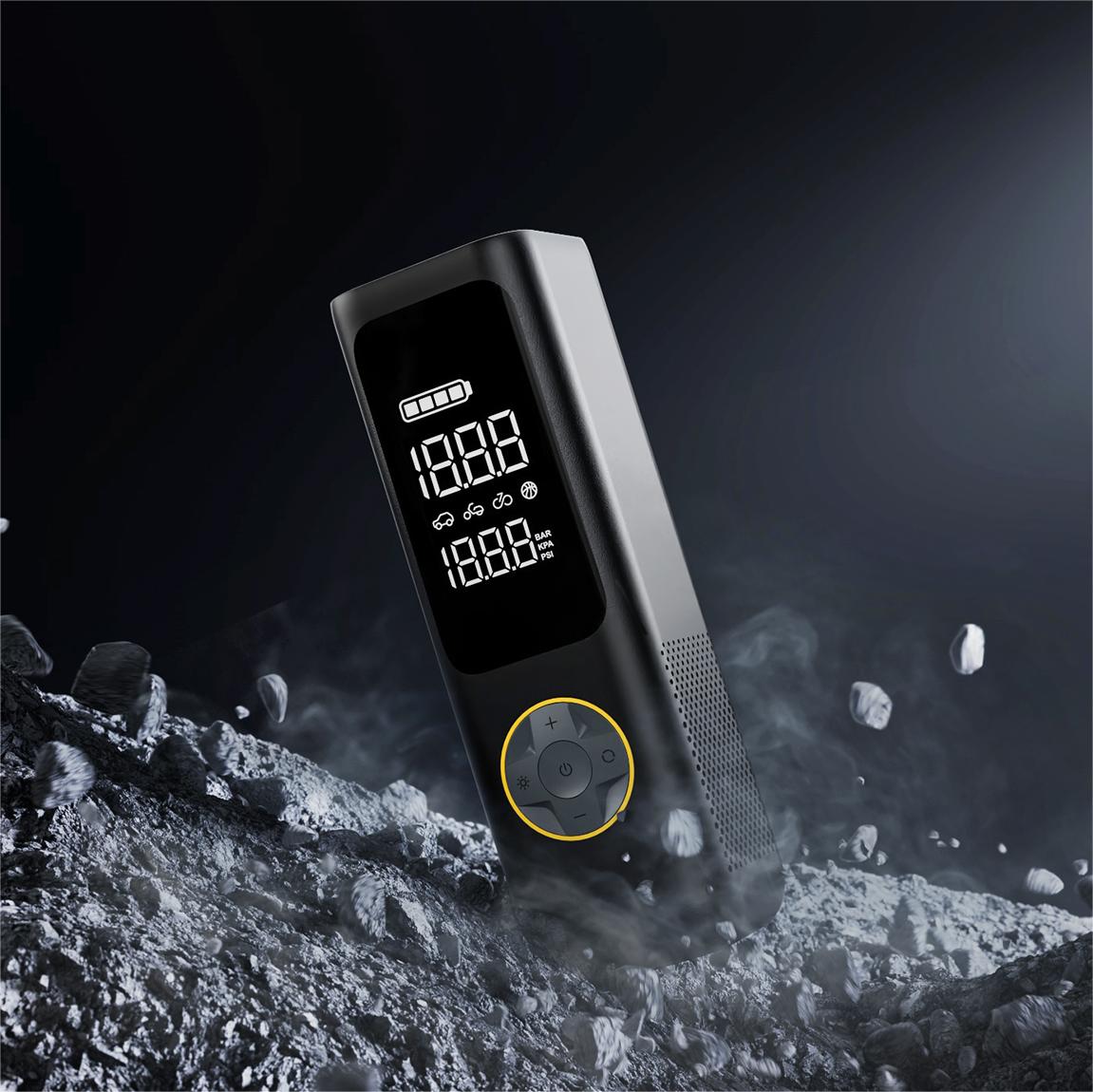

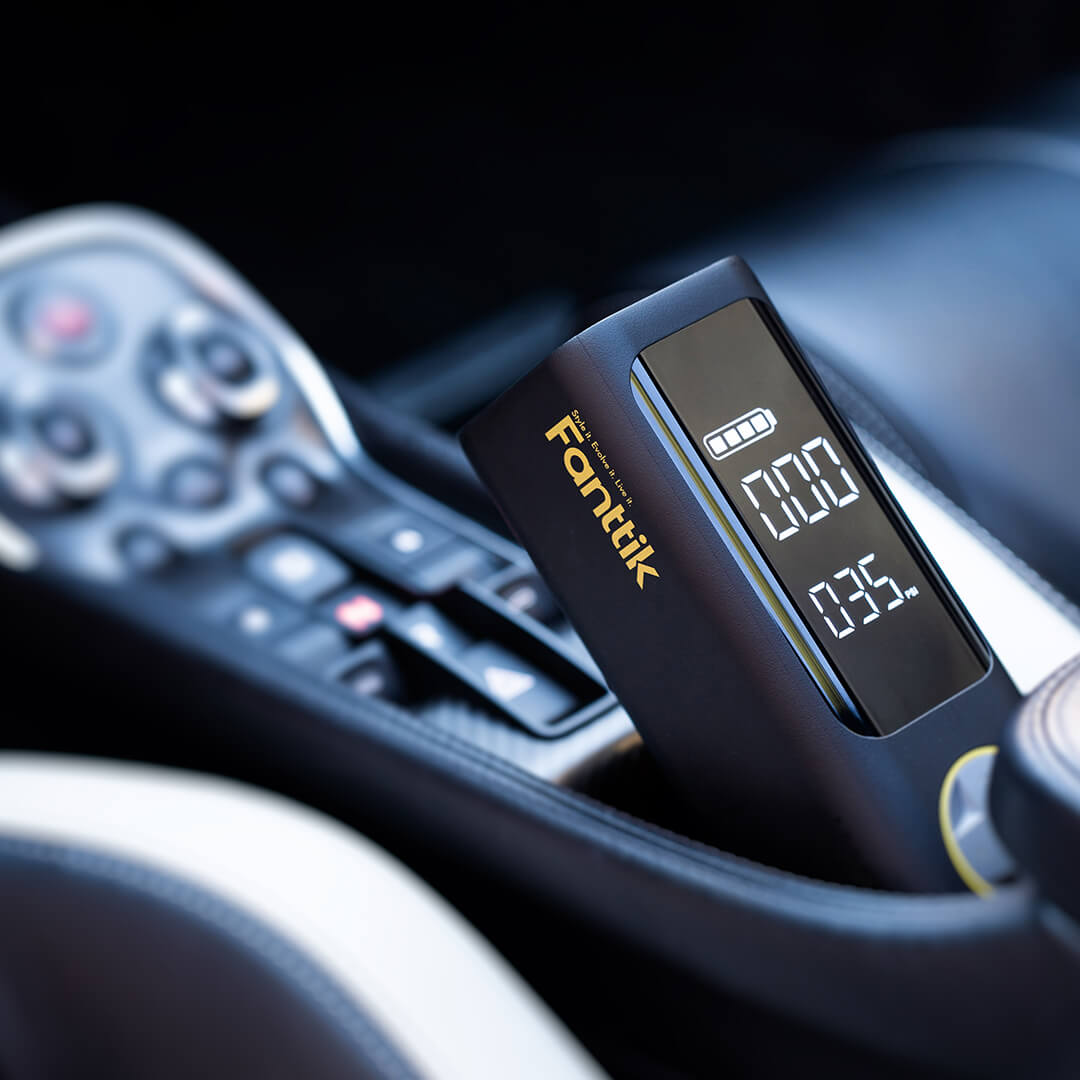
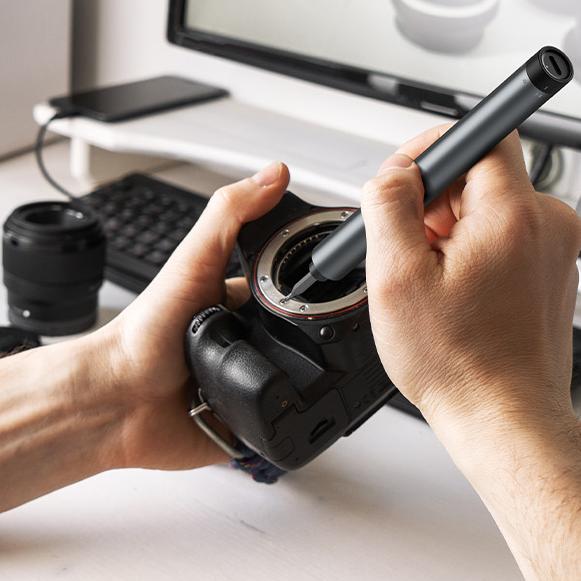



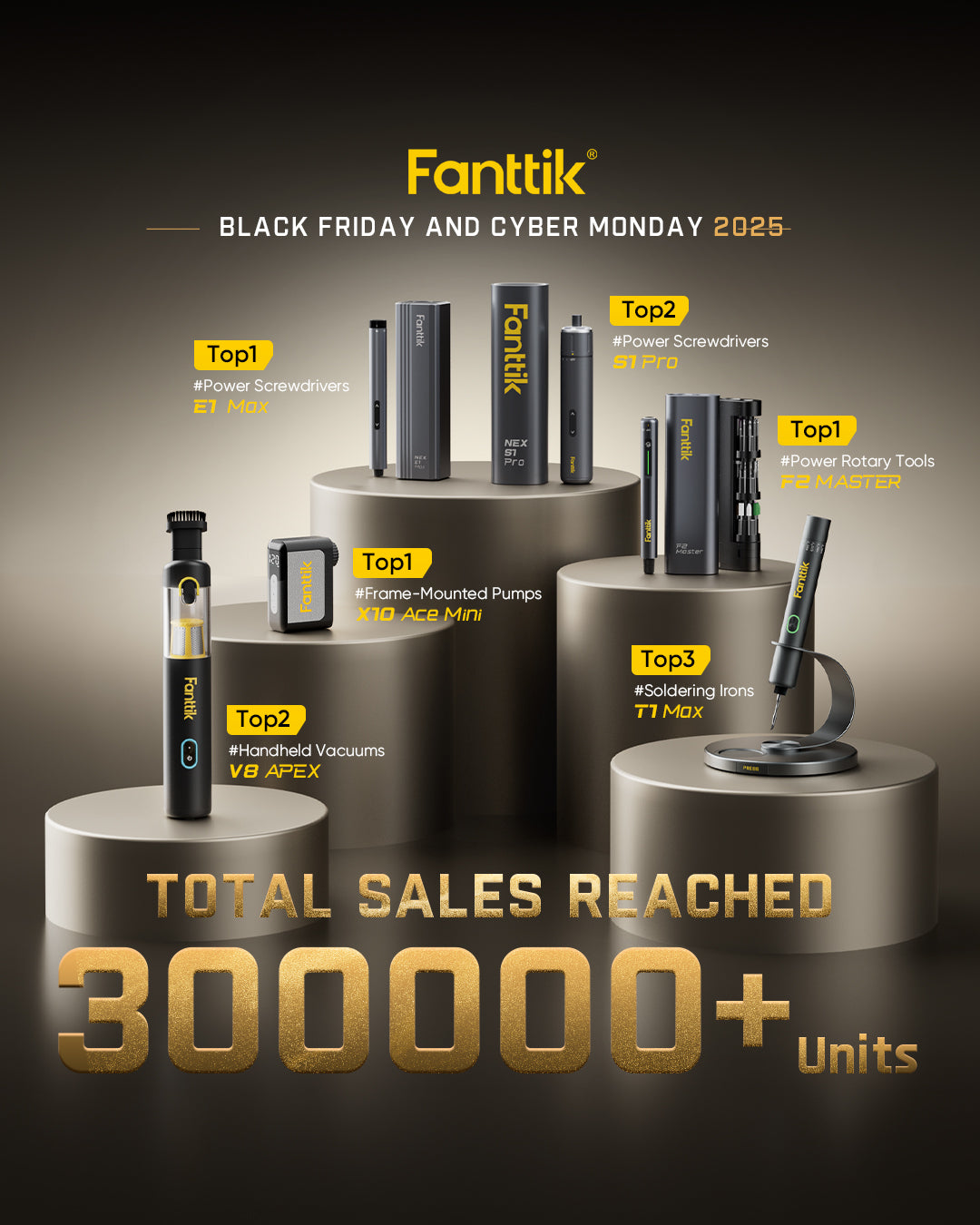



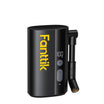
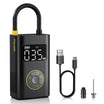

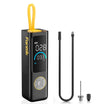
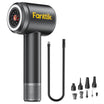
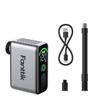
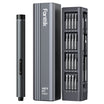
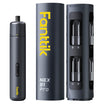

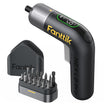
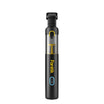
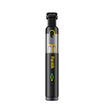
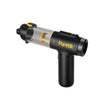
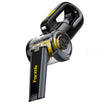
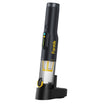
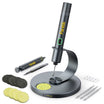
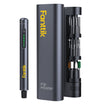
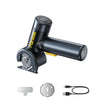
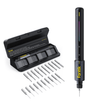
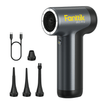


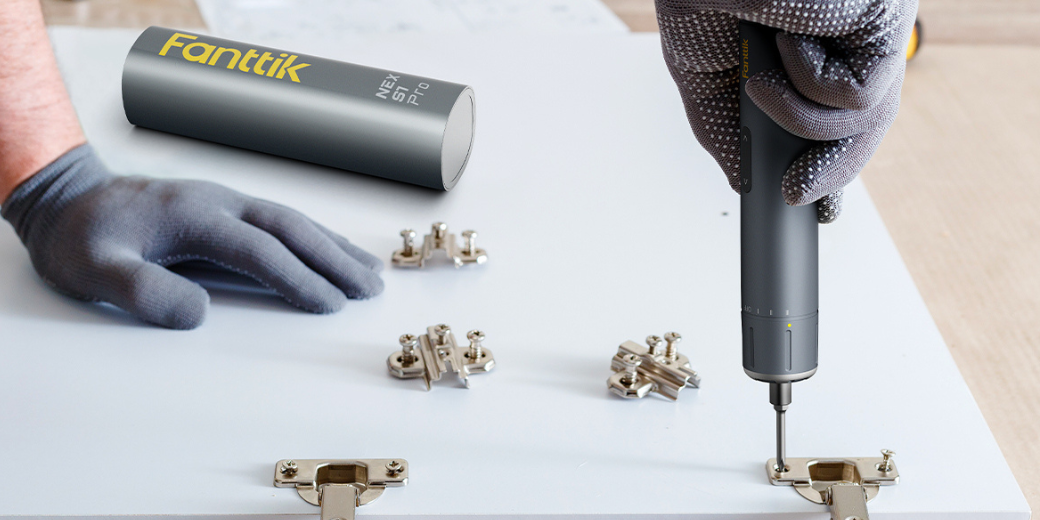
Leave a comment
All comments are moderated before being published.
This site is protected by hCaptcha and the hCaptcha Privacy Policy and Terms of Service apply.